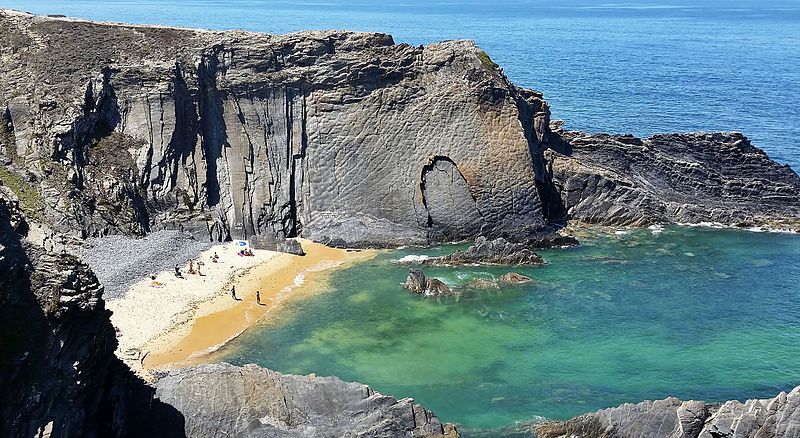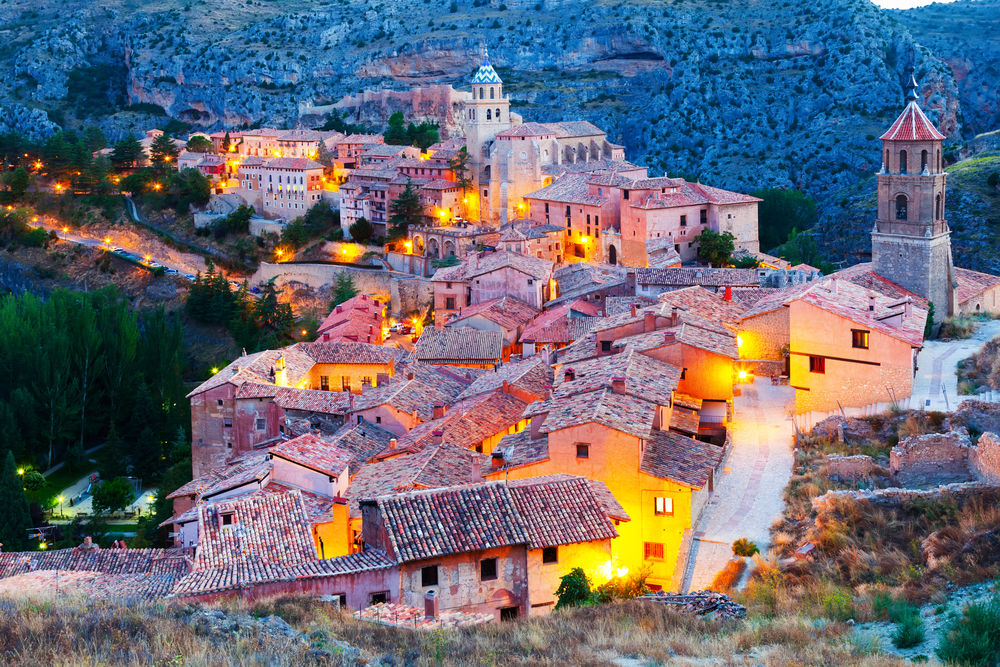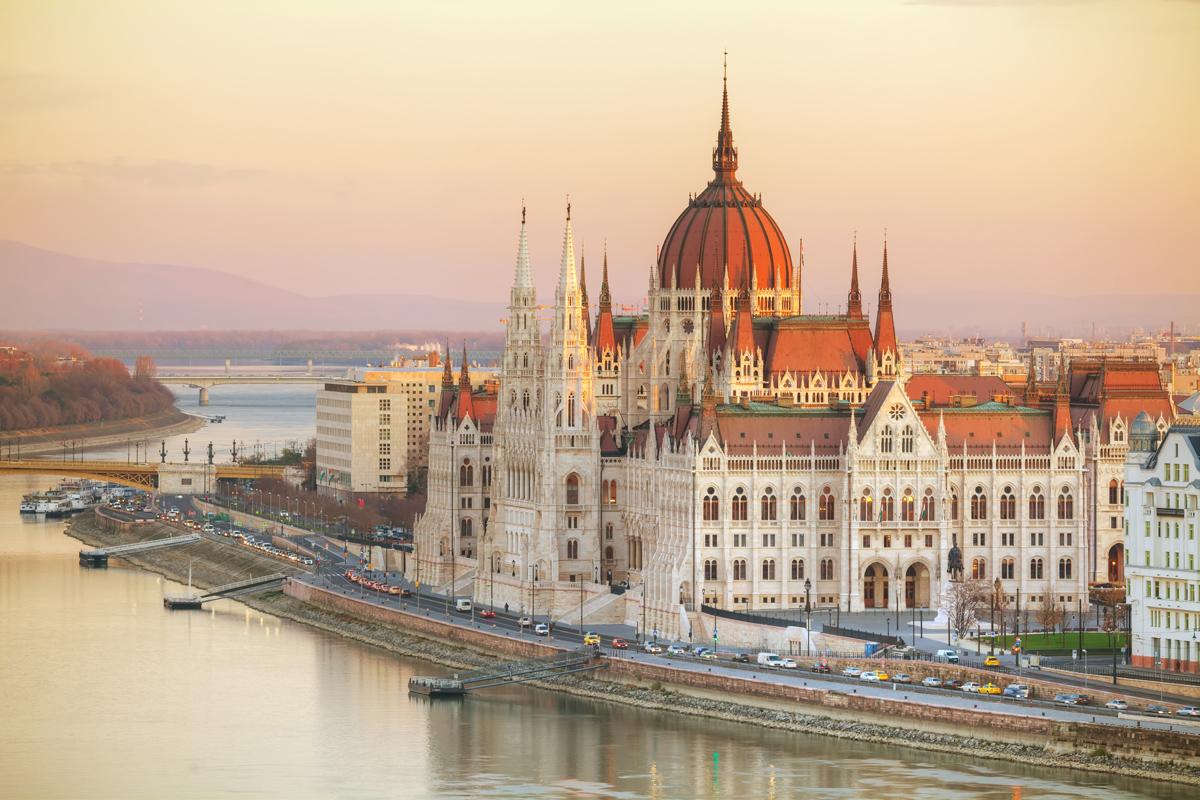Project Description
3 LOCATIONS
Alentejo is a very rich region from the point of view of sound landscapes. Inside, the hustle and bustle of the localities, with its artisan industries, in contrasted with the apparent silence of the surrounding countryside, inhabited by innumerable sounds of nature, and enriched by the gurgling of rivers, the sounds of wind in the hills and olive groves and vineyards, and the sounds of the multitude of animals (birds, insects, sheep, goats, and cows). On the coast, there is the omnipresence of the Atlantic, the noise of fishing boats and the large intercontinental transporters, mixed with the joyful noise of the beaches in summer. There are also the sounds of industrialization: passing trains, planes that land and take off from Beja airport, sirens from the Port of Sines, sounds from large petrochemical factories and grain processing. To add to this, this is also a deeply human landscape; there was the sounds of the children in the courtyards of schools, the leisurely dialogue of the elderly who talk in the gardens, the echoes of the music festivals and popular dances, the deep waves of Cante Alentejo, a World Heritage Site.
Fundación Santa María de Albarracín (FSMdA) has been the protagonist of its latest patrimonial renovation and its orderly projection of heritage, through culture. It is dedicated to the architectural and movable restoration, as well as to its cultural activation, organizing an annual program of courses and seminars, exhibitions and concerts, being music, therefore, a fundamental gear of its cultural dynamics. It manages fourteen of the restored infrastructures, counting with more than twenty workers, in order to continue conserving and giving appropriate use to the exceptional heritage of Albarracín, in which nature and architecture are assembled forming a harmonious cultural landscape, of undoubted interest for his “good work” around the innate values of his past configuration.



